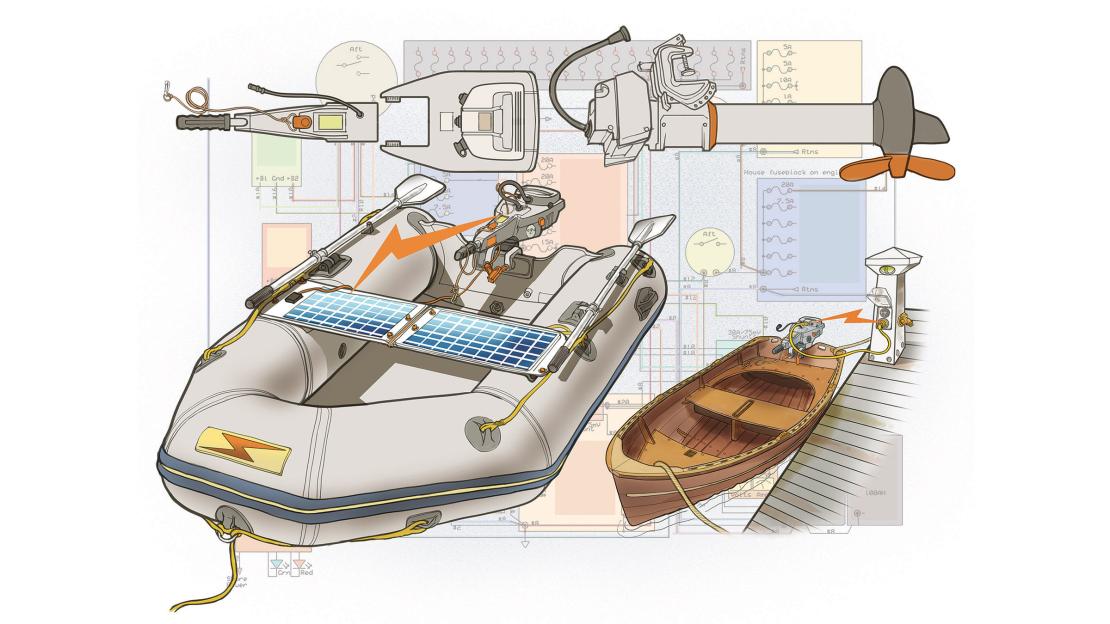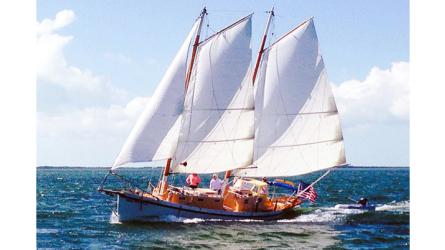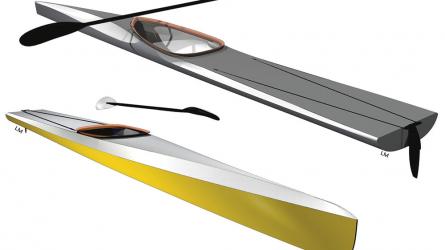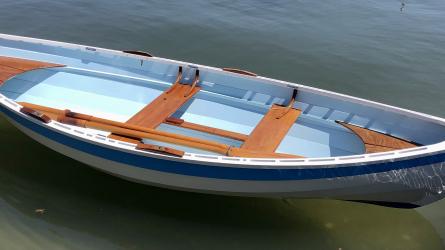March / April 2022
Electric Experiences

The 25-minute round-trip from dock to mooring at full throttle reduces the charge in Grayson’s battery by about half. However, at a more modest cruising speed, 68 percent of the battery’s capacity remains after the same trip. Determining a practical and economical speed is a key aspect of electric propulsion. Recharging takes about two hours.
Seven years ago, with no particular “green agenda” in mind, I found myself entering a sailing season like none before. Somewhat to my own surprise, I had parted ways with a much-loved 5-hp Johnson outboard. Its replacement was a Torqeedo Travel 1003 rated at 3 hp. At about the same time, I ordered a new Pisces daysailer from Classic Boat Shop in Bernard, Maine. When the time came to choose between diesel or electric inboard power or an outboard, I chose the electric inboard.
Just like that, I had become an “all-electric” sailor. As I looked ahead to the upcoming season, however, the thought occurred to me, usually late at night: “what have you done?” While a variety of articles continues to be published about electric propulsion, and while manufacturers’ websites extoll electric power’s virtues, none of that conveys the real-time experience of actually buying into and living with an evolving technology that, at present, remains well out of the mainstream.
To read the rest of this article:
Click the button below to log into your Digital Issue Access account.
No digital access? Subscribe or upgrade to a WoodenBoat Digital Subscription and finish reading this article as well as every article we have published for the past 50-years.
ACCESS TO EXPERIENCE
2-for-1 Print & Digital Subscription Offer
For this holiday season, WoodenBoat is offering our best buy one, get one deal ever. Subscribe with a print & digital subscription for $42.95, and we’ll give you a FREE GIFT SUBSCRIPTION to share with someone special.
1 YEAR SUBSCRIPTION (6 ISSUES)
PLUS ACCESS TO MORE THAN 300 DIGITAL BACK ISSUES
PRINT+DIGITAL $42.95
Subscribe
To read articles from previous issues, you can purchase the issue at The WoodenBoat Store link below.
 Purchase this issue from
Purchase this issue from








